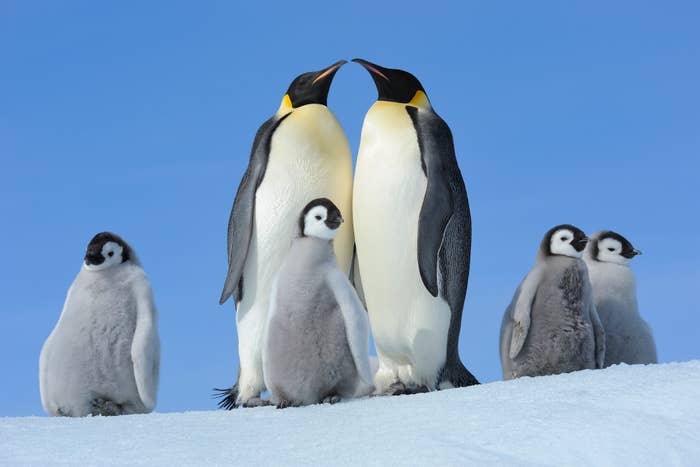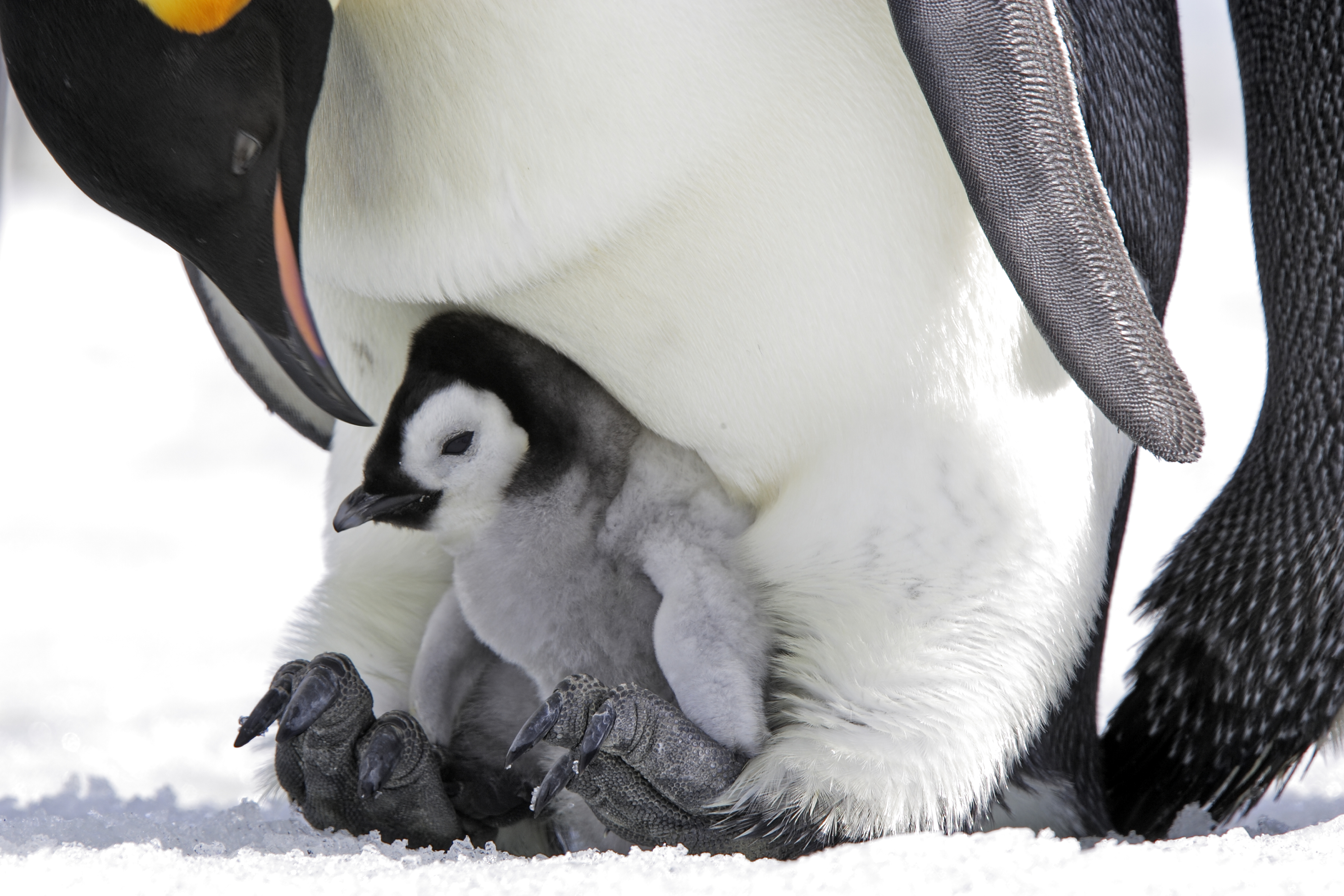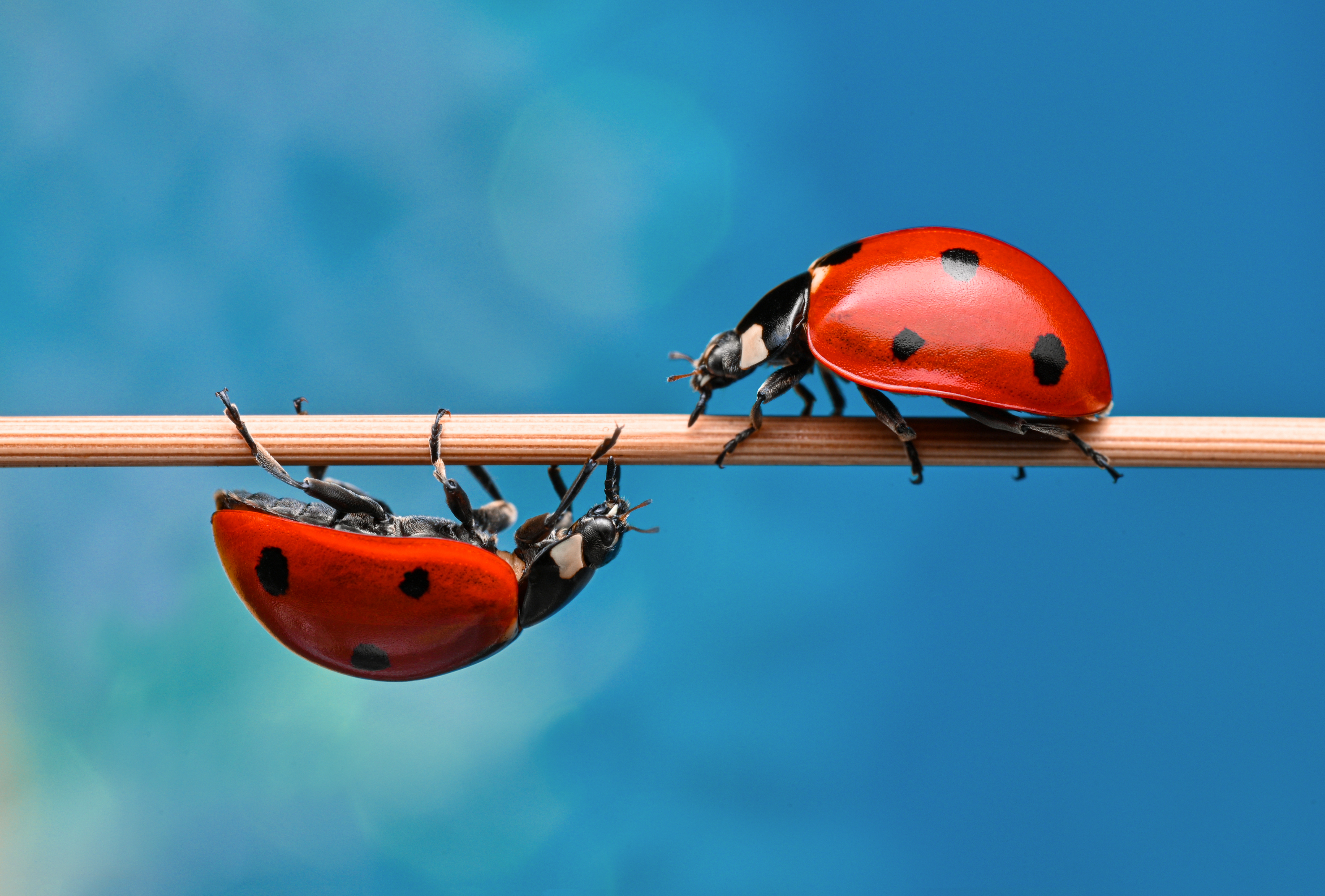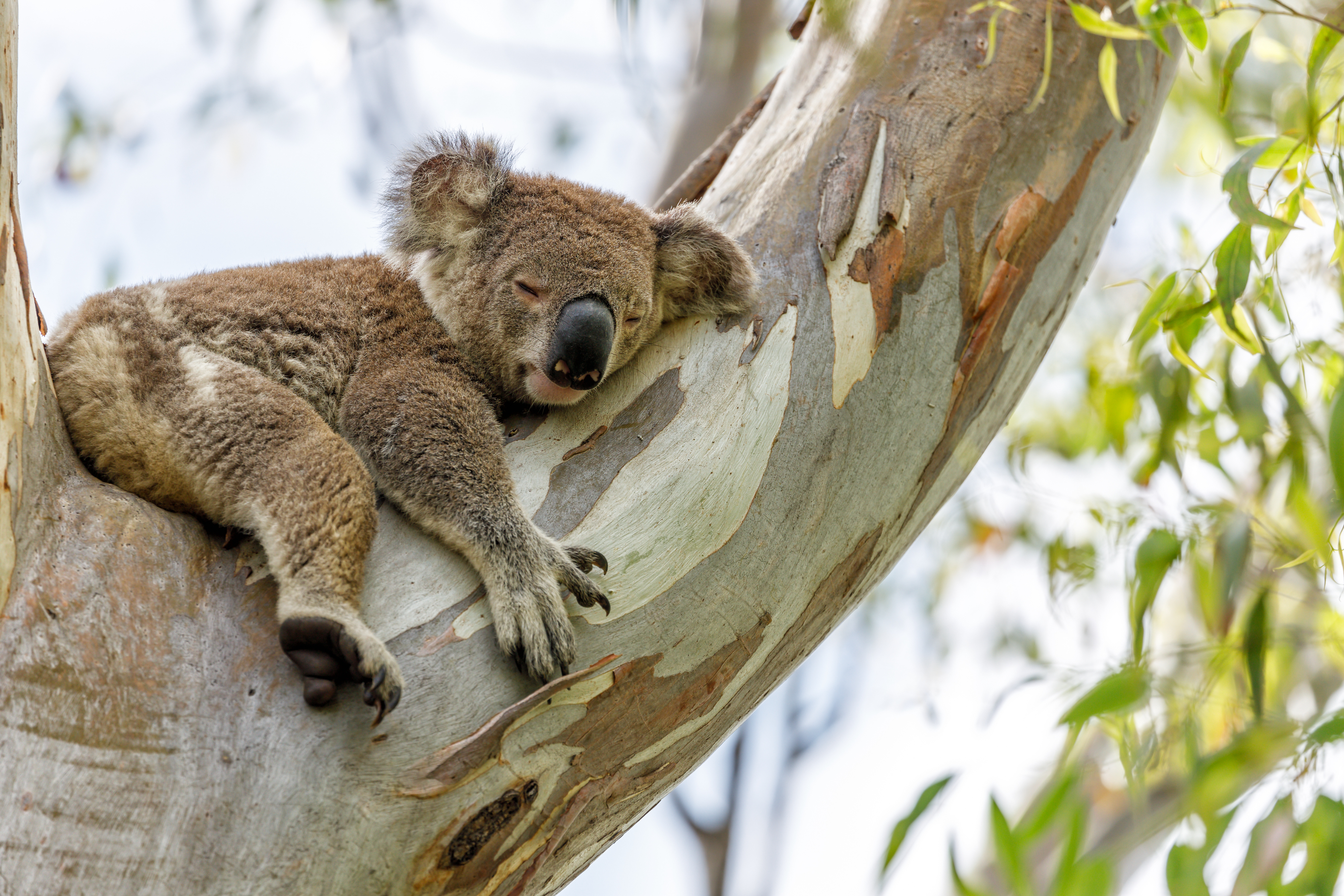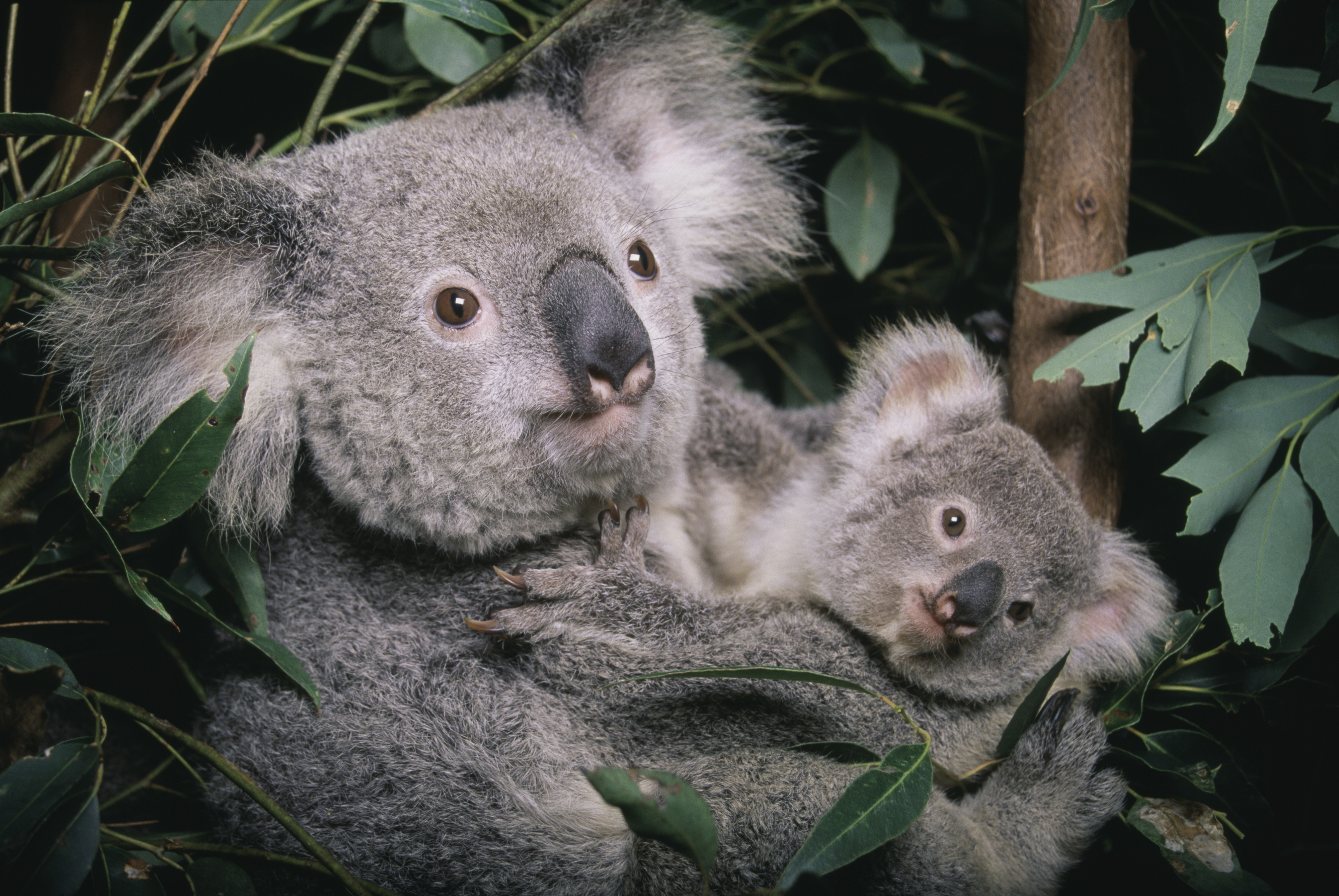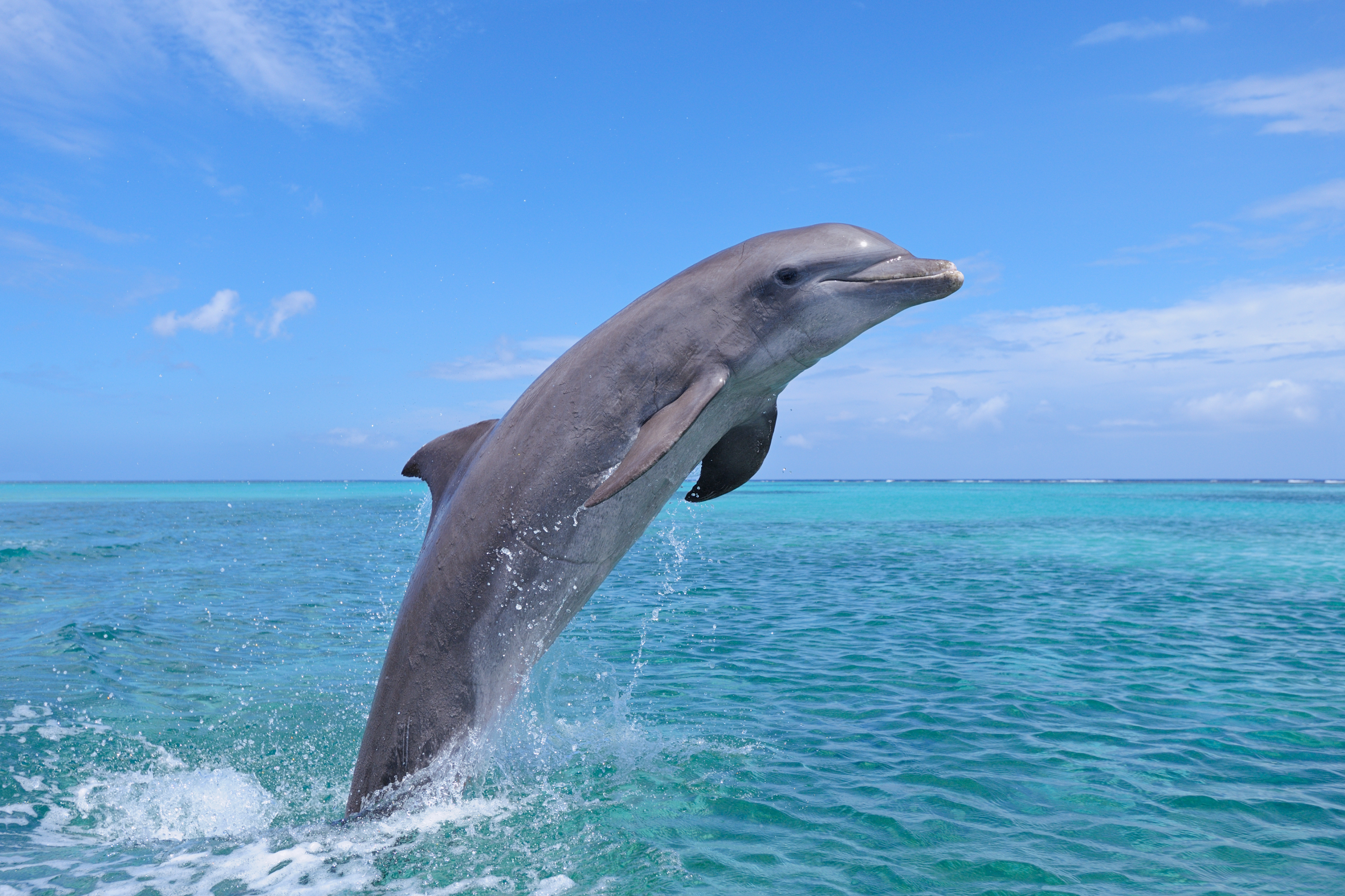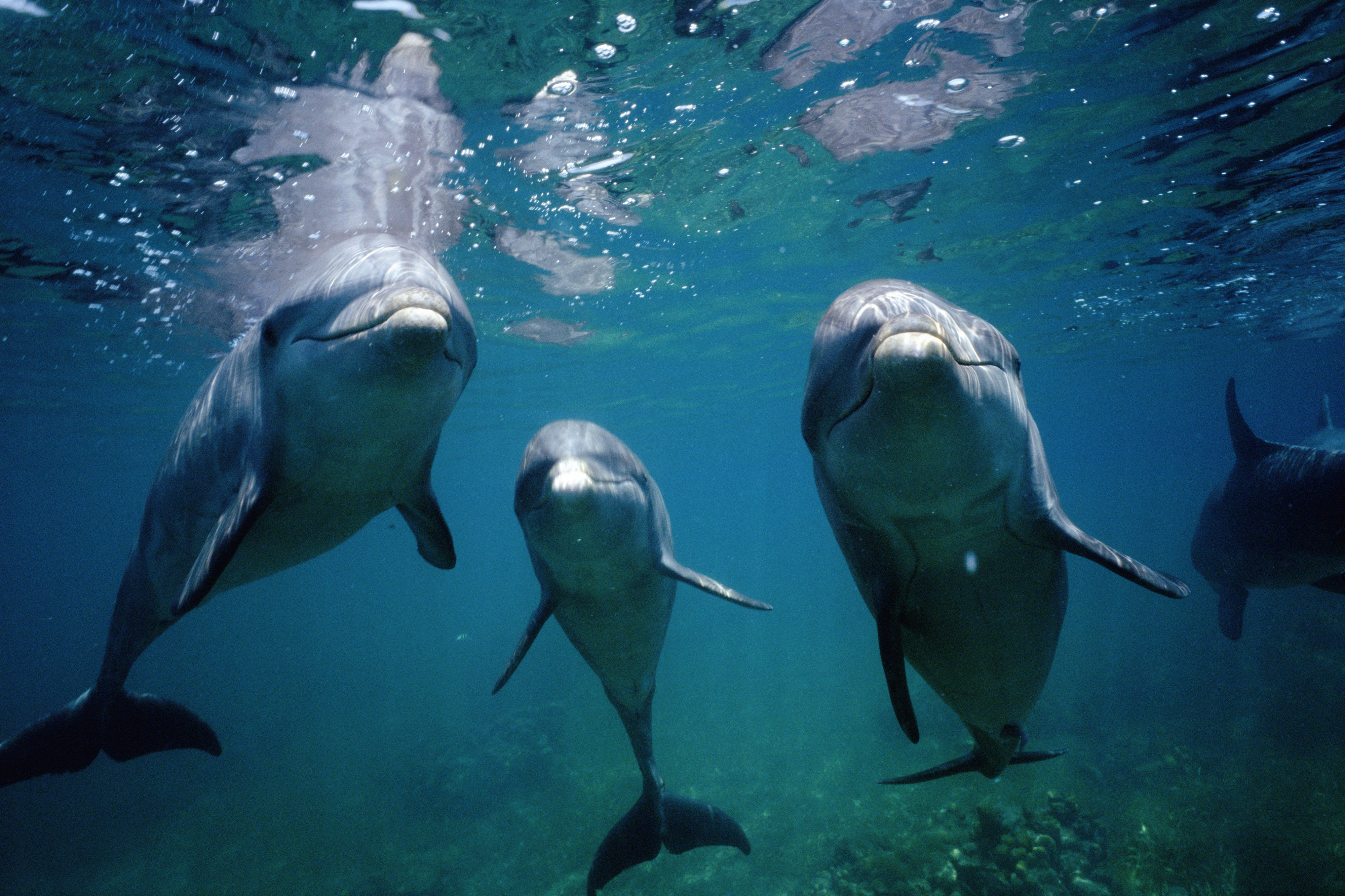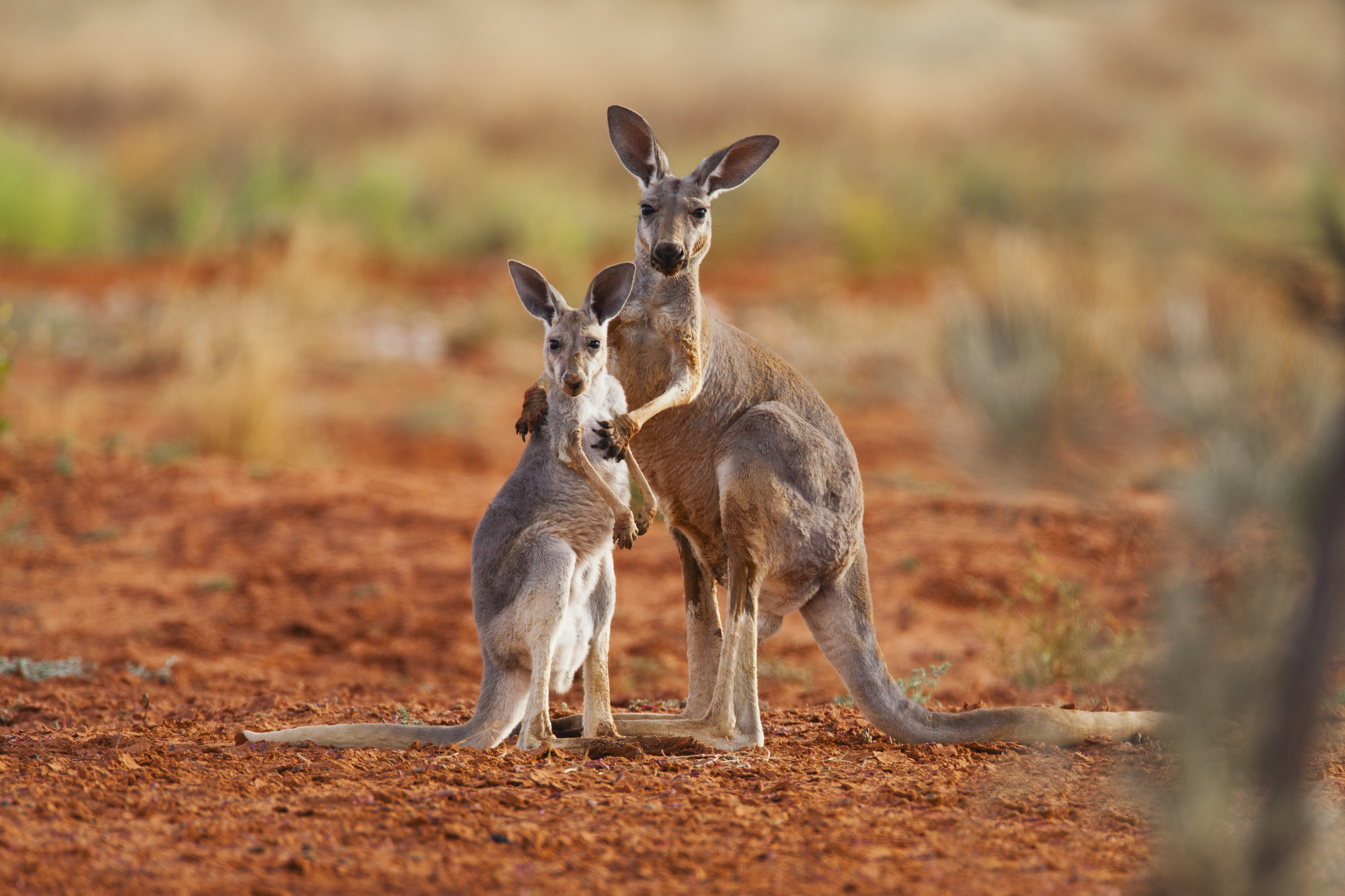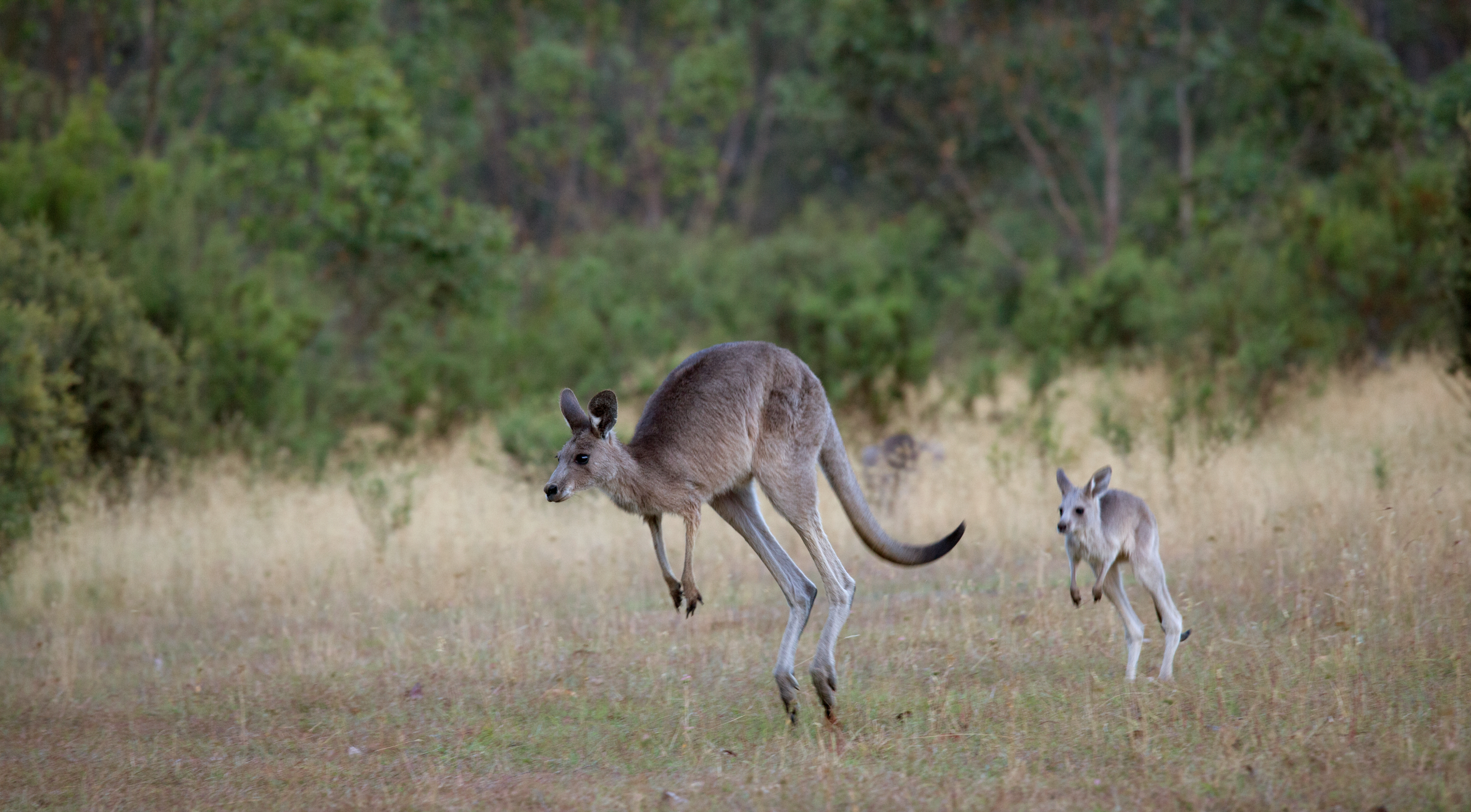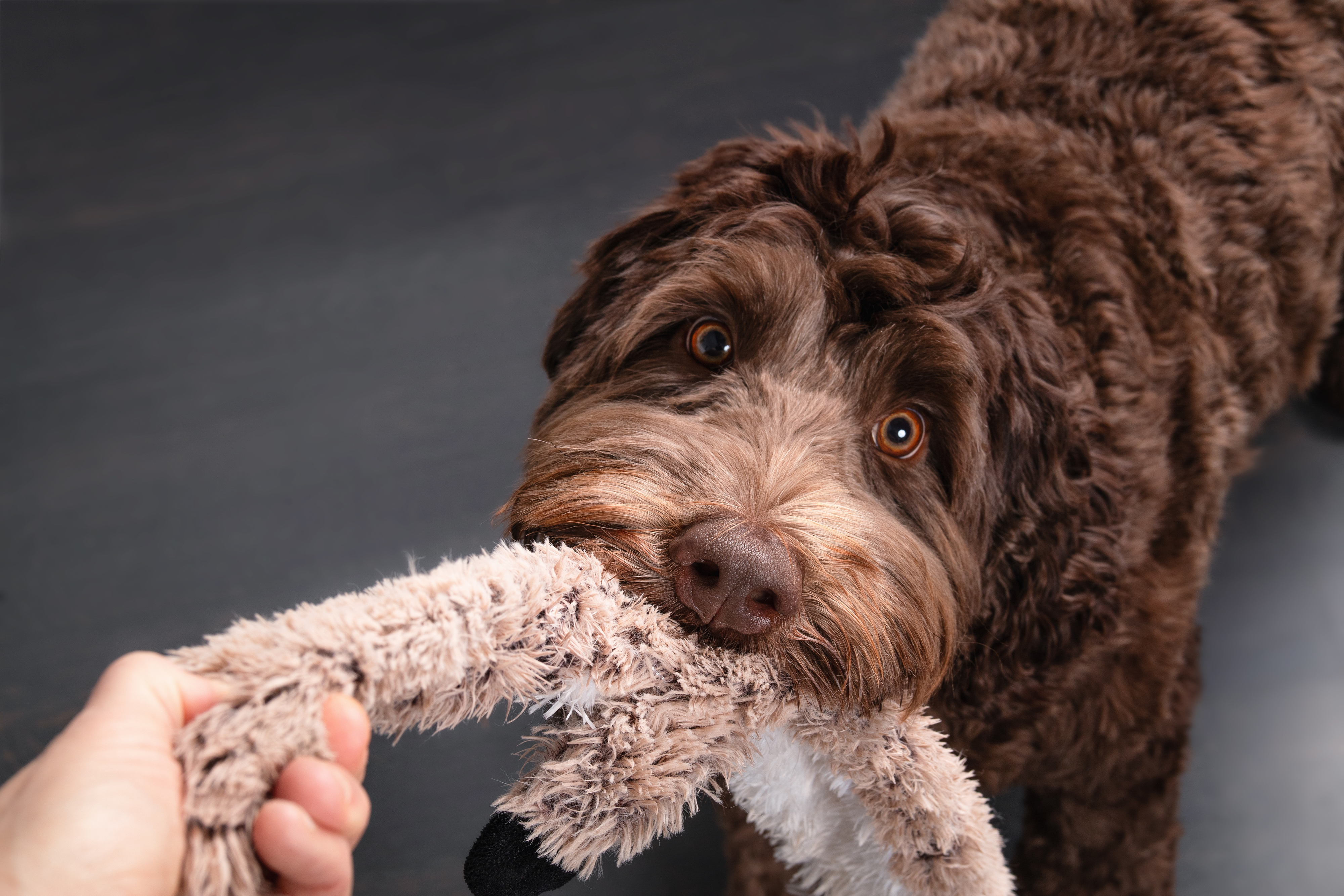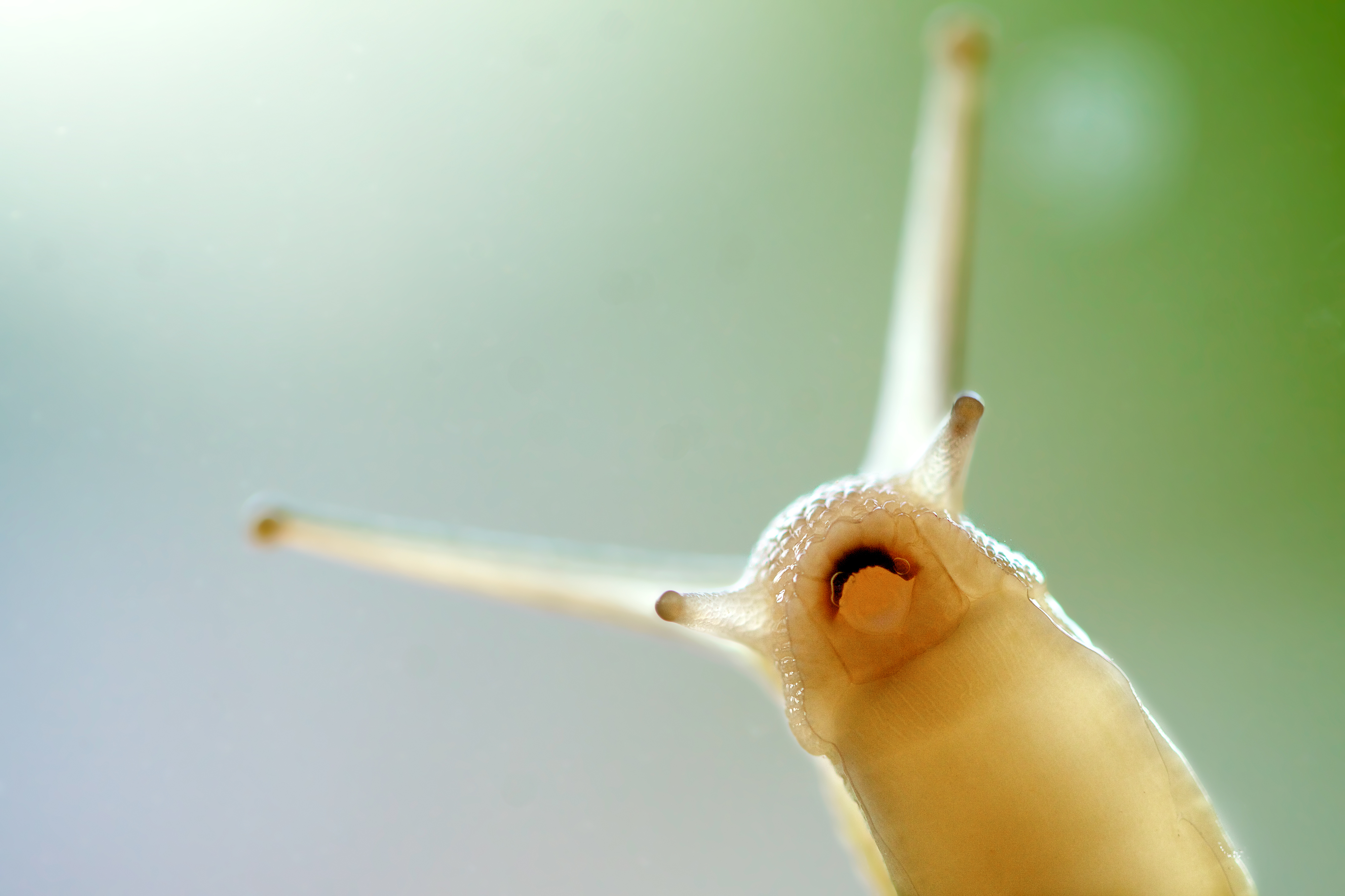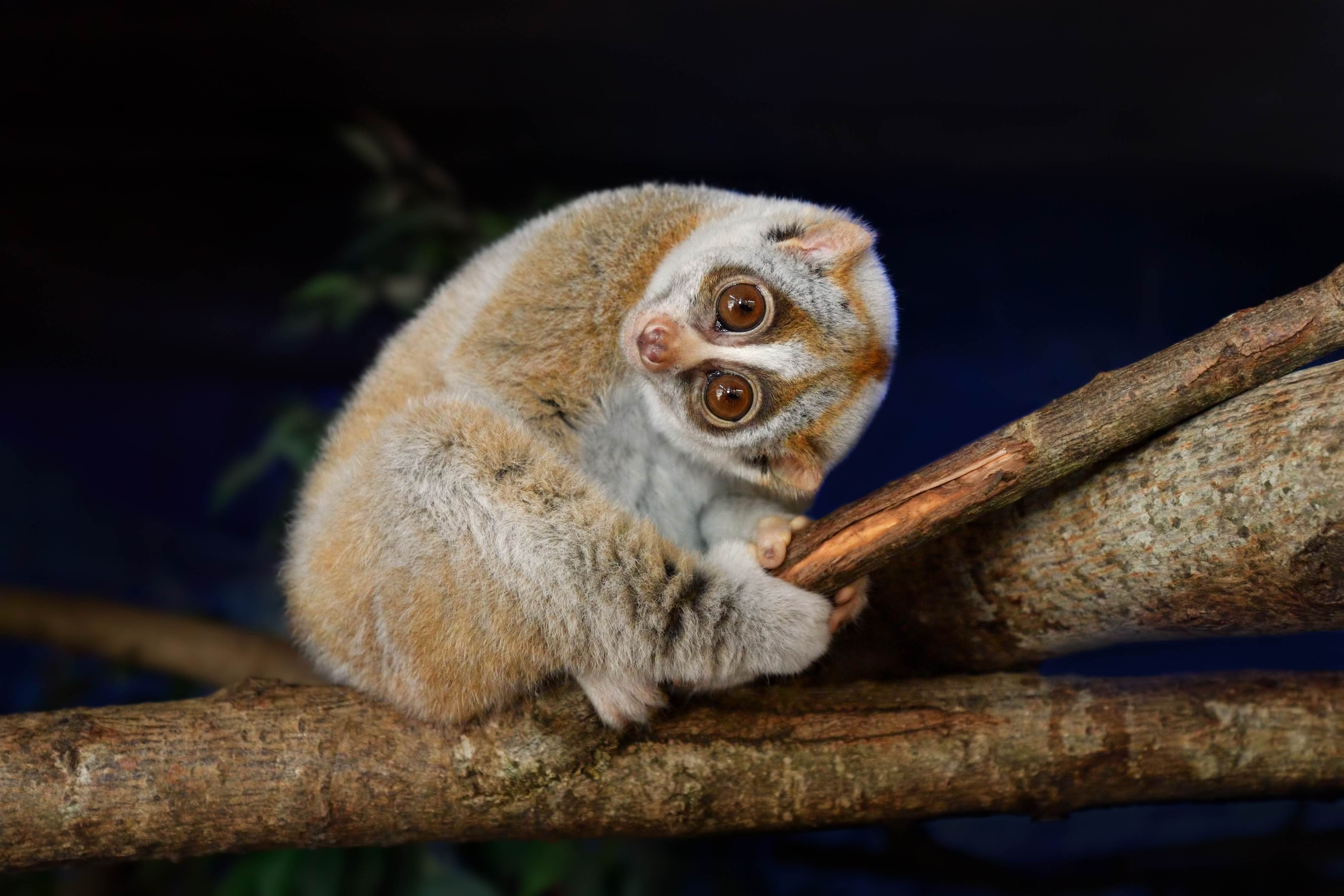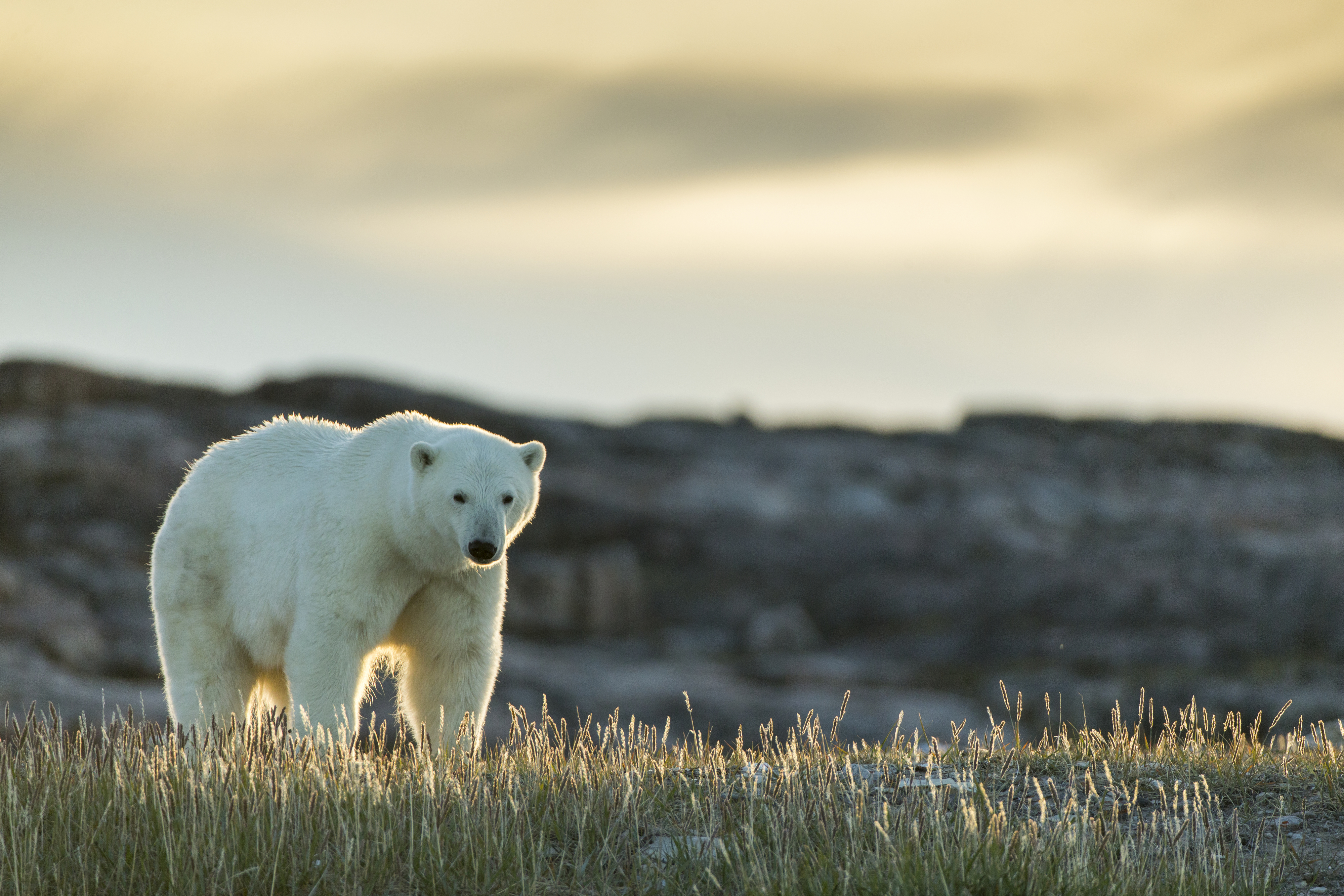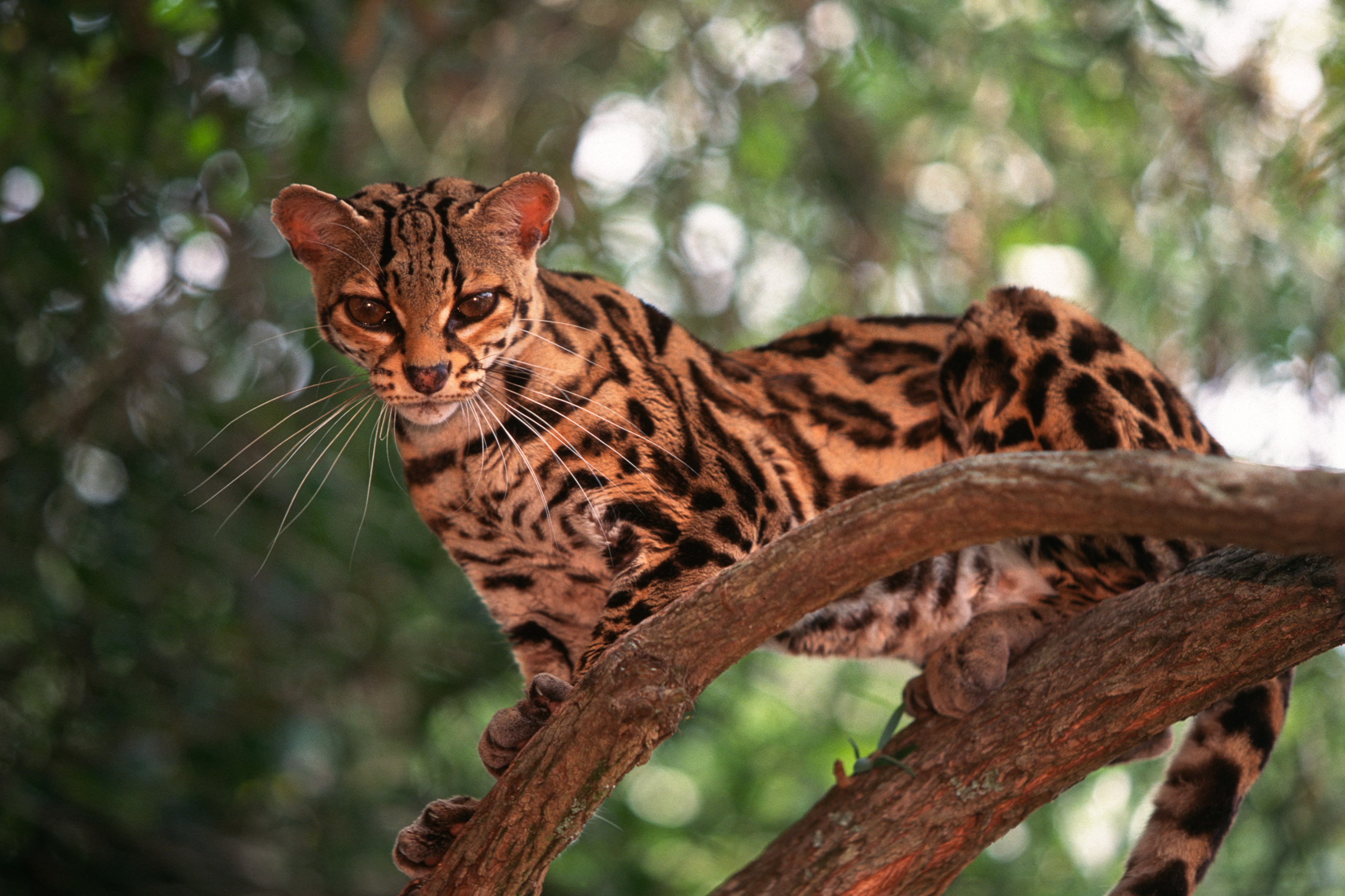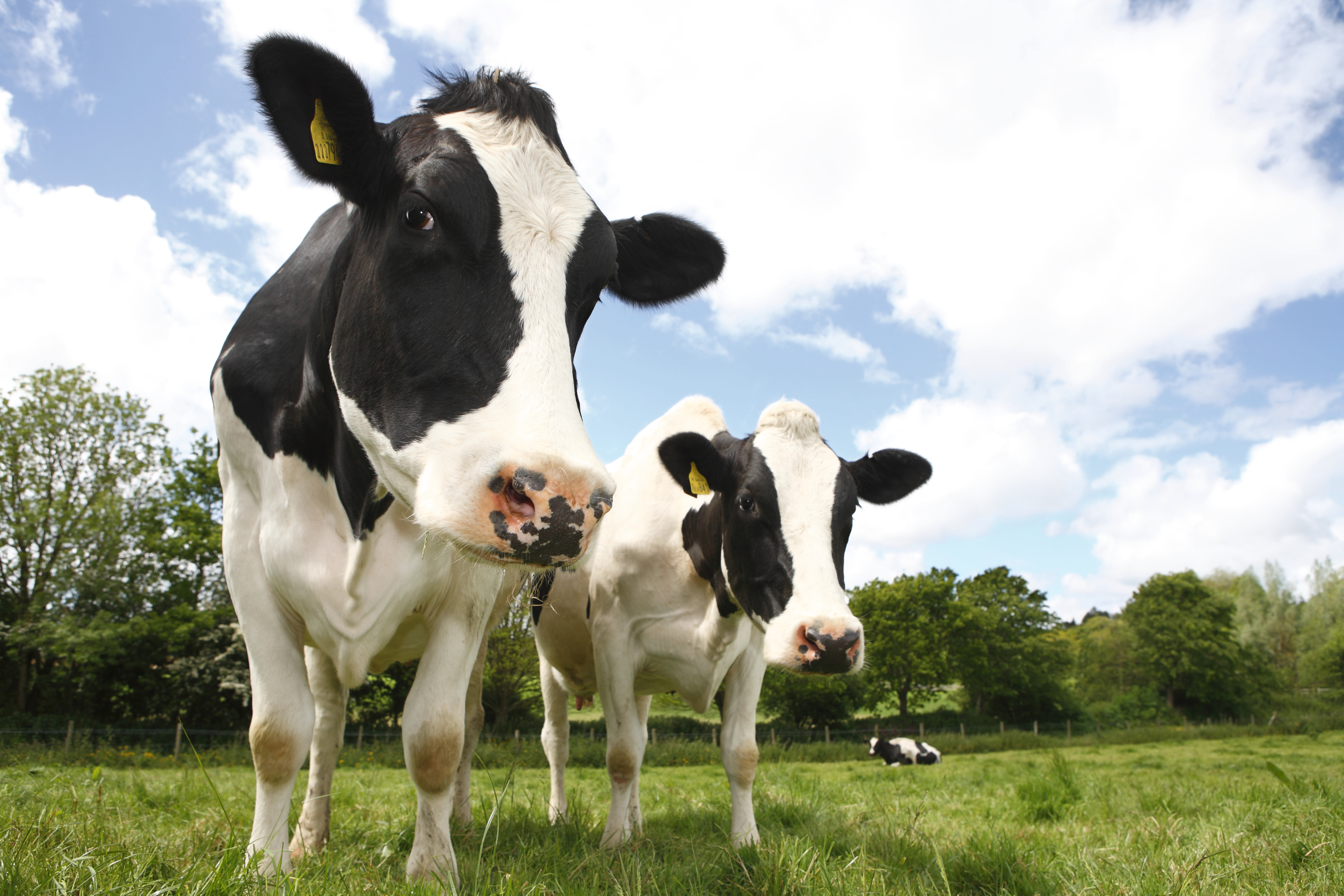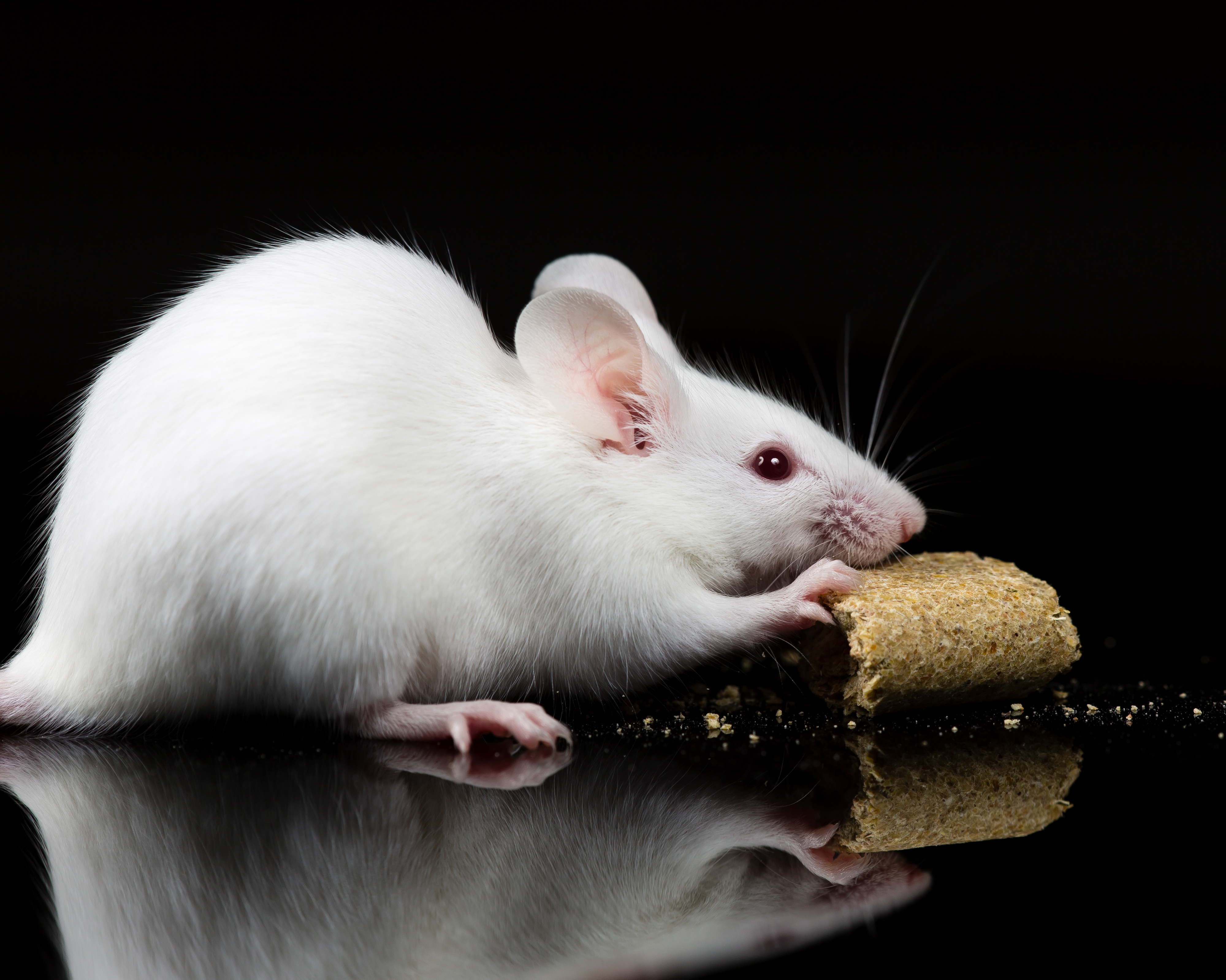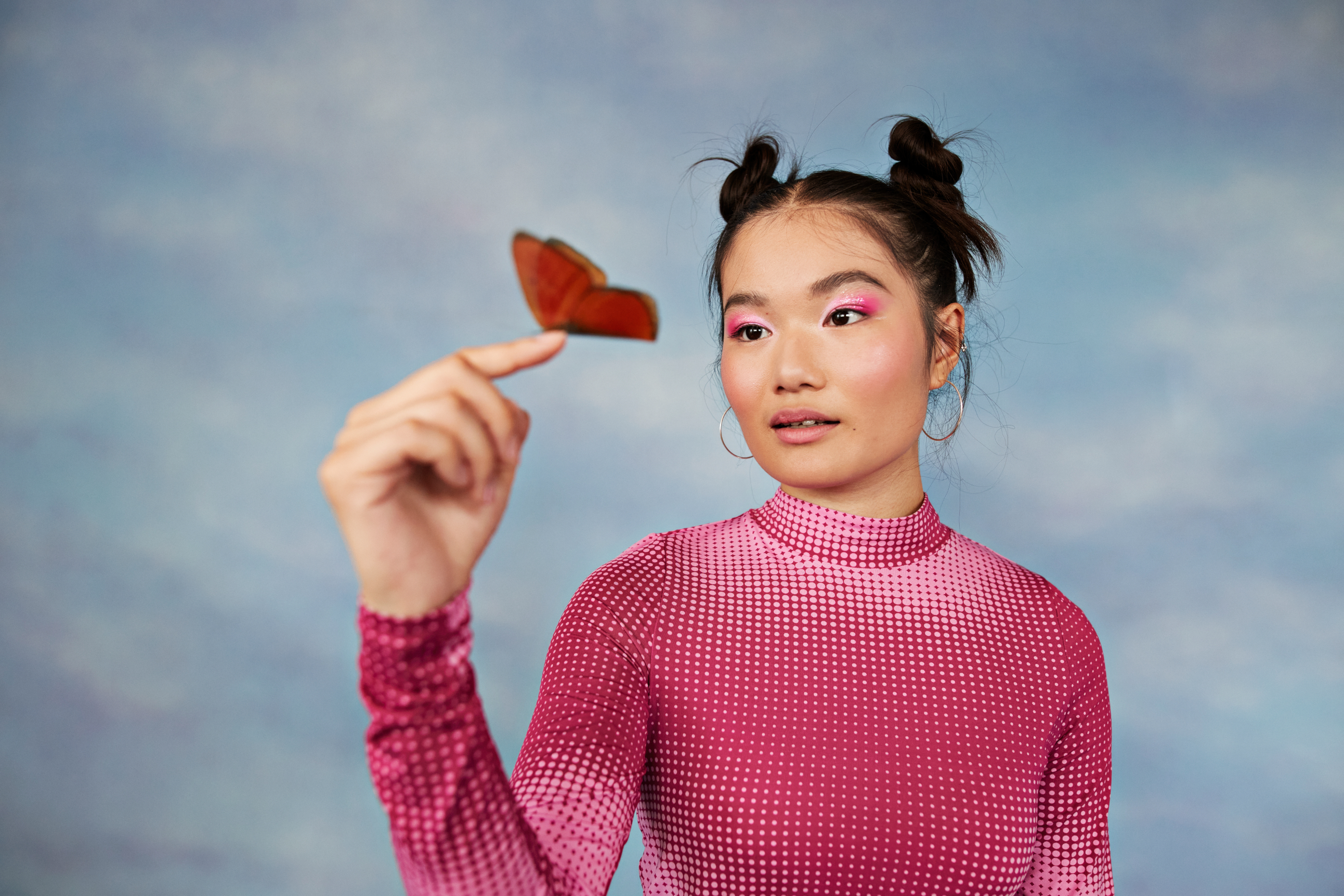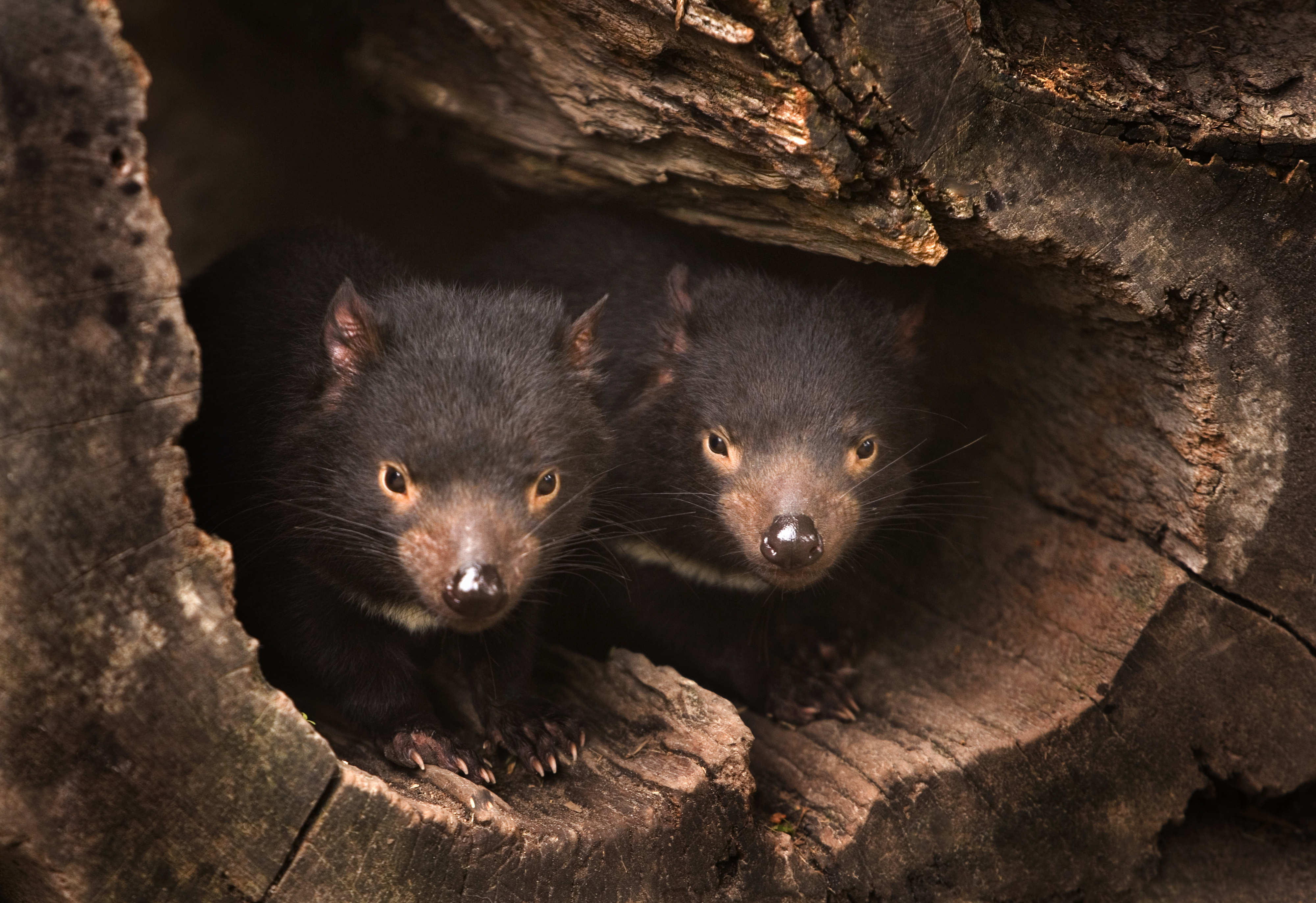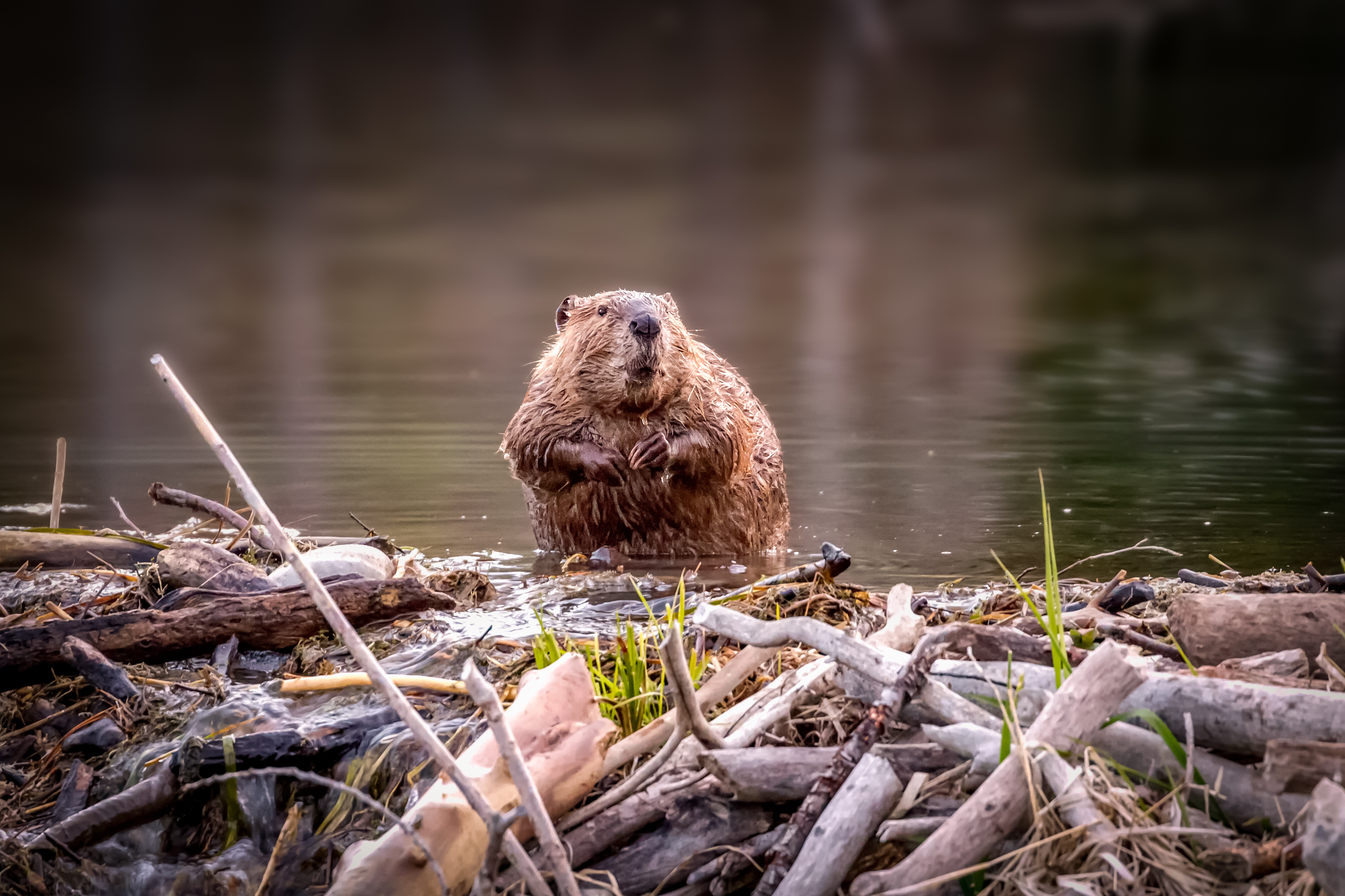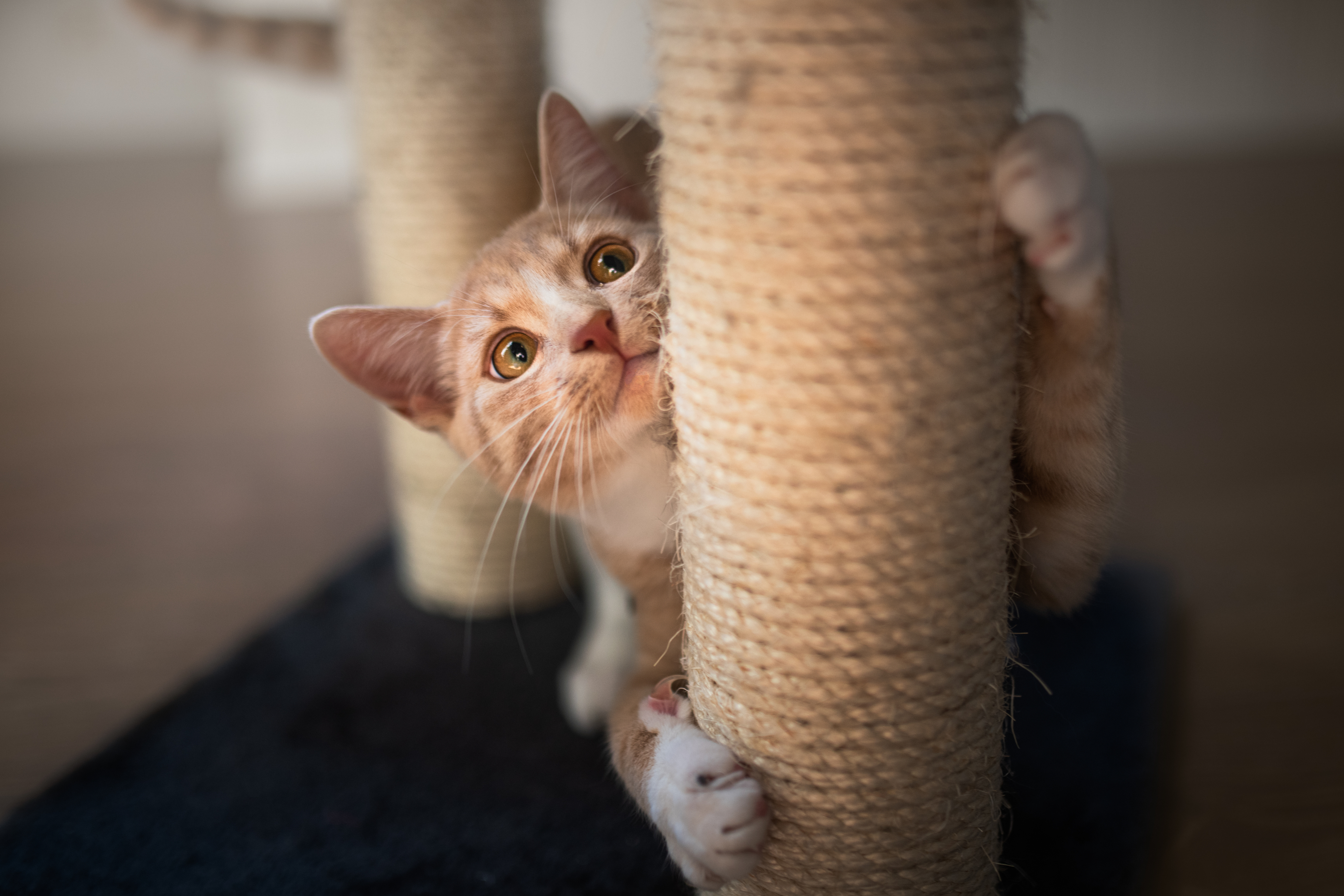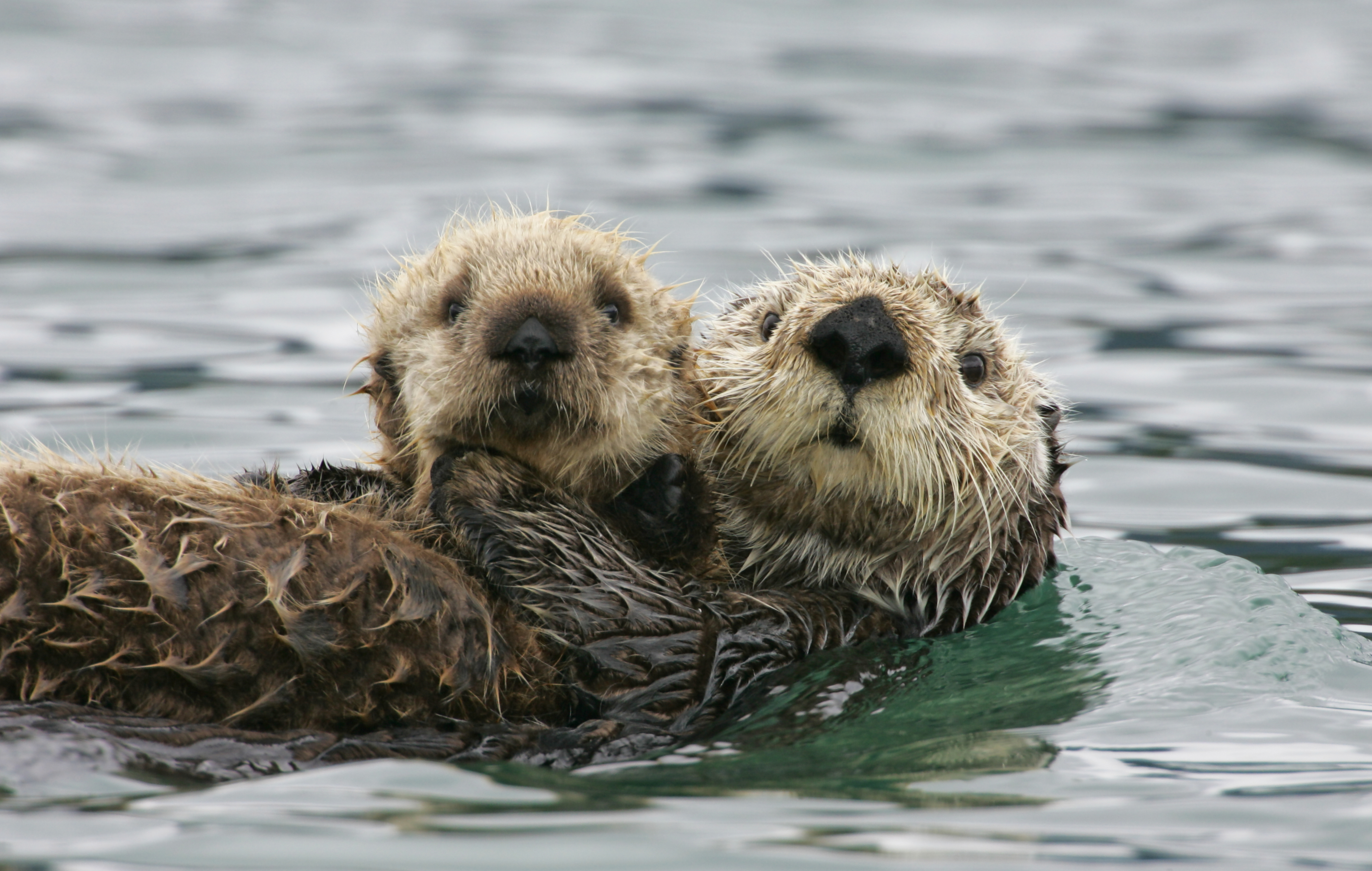Welcome to the jungle , indeed .
Nature is amazing, nature is beautiful, but sometimes, nature can be downright disturbing. Deep down inside, no matter how cute ananimalis, it’s still wild. From vampire butterflies to psychologically manipulative jungle cats (yes, you heard that correctly), the animal kingdom is, no pun intended, a truly wild place.
So, without further ado, here are 17 mildly terrifying facts I recently learned about adorable animals:
1.Female emperor penguins oftenkidnap(or chicknap, if you will) other penguins' babies.
However, there’s not typically a happy ending for the kidnapped chick, as the kidnapper penguin will often lose interest within hours or days. Most kidnapped penguin chicks die from the cold or predation.
2.Who doesn’t love ladybugs? Apparently, other ladybugs. Some species of the insect arecannibalistic. The behavior is called intraguild predation and happens when the food supply is scarce.
3.Ever wanted to snuggle a koala bear? You might want to think twice, considering the marsupials are currently experiencing a raging chlamydia outbreak.
However, the STI now spreads sexually and is also passed from mother to joey. It is a significant threat to the koala population, which is already an endangered species. It has been estimated that the species could be extinct by 2050 if many problems, including the chlamydia outbreak, are not solved.
4.Flipperlied to us all…Despite their adorable reputation, dolphins are actually considered among the biggest bullies of the sea. While they domanyquestionable things, one habit they are known for is torturing their prey.
In some cases, this behavior is seen as a defense mechanism that allows dolphins to ensure their prey is limp and safe to swallow. Yet, the marine mammals have also been spotted flipping their food as a way to show off in front of their fellow dolphins or intimidate their rivals.
5.Mother kangaroos will often sacrifice their joeys, in an effort to save themselves or their other babies.
In the second instance, during periods of food scarcity or if a mother has multiple joeys at the same time, she will pick one to sacrifice in order to increase the others' odds of survival.
6.Have you ever noticed just how muchdogslovesqueaky toys? The squeak mimics the sound of distressed prey and allows domesticated dogs to tap into their natural hunting instincts.
7.Snails have anywhere between 1,000 and 25,000 razor-like teeth. The flexible band of microscopic teeth and jaw are calledradula. The jaw is used to cut off large pieces of food, which is then scraped by the band of teeth.
8.Pygmy slow loriseshave poisonous elbows. The often illegally domesticated primate is equipped with glands on the inside of its elbows that create venom when mixed with saliva.
9.If you asked most people what the most dangerous breed of bear was, they probably wouldn’t say a polar bear…even though it’s true. Often considered a cuddly wintertime creature, polar bears are more vicious than grizzlies.
10.Margays, aka tree ocelots, hunt using psychological manipulation. In order to secure prey, these jungle cats will use “aggressive mimicry” to imitate the sounds of their prey.
11.It’s not just a meme…Cows, on average, areresponsiblefor more human deaths per year thansharks. Although generally docile, it is still best to remain cautious around the bovines, as they are easily spooked.
12.When times are tough, mice will eat literally anything…including other mice.
13.Vampire butterflies? Some species of butterflies are known to drink blood, including sulfur butterflies and tiger swallowtails.
14.Tasmanian devils fight so often that they are actually spreading contagious mouth cancer to each other. In 1996, scientists first discovered the transmissiblecancerknown as devil facial tumor disease (DFTD) in the northeastern region of Tasmania.
15.For much of the past century, beaver butt secretions were used in food and perfume to achieve a vanilla flavor or scent.
16.Cat scratch disease (CSD), more commonly known as cat scratch fever is a real disease that humans can catch through contact with an infected cat or kitten.
17.And finally, otters just being themselves is disturbing enough. The marine mammals have been known toattackhumans, assault baby seals, commit necrophilia, and hold other otters' pupshostagefor food.

